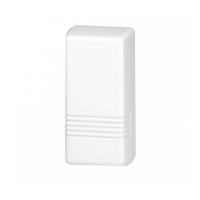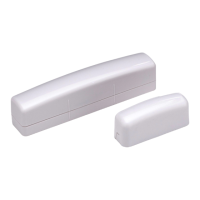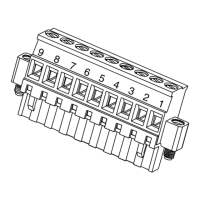Process Insertion
Pressure models
Revision 12 OneWireless XYR 6000 Transmitters Quick Start Guide 23
February 2013
3. Process Insertion
3.1 Pressure models
Piping
The actual piping arrangement will vary depending upon the process measurement requirements and the
transmitter model. Except for flanged and remote diaphragm seal connections, process connections are
made to ¼ inch or ½ inch NPT female connections in the process head of the transmitter’s meter body. For
example, a differential pressure transmitter comes with double ended process heads with ¼ inch NPT
connections but they can be modified to accept ½ inch NPT through optional flange adapters. Some gauge
pressure transmitters may have a ½ inch NPT connection which mounts directly to a process pipe.
The most common type of pipe used is ½ inch schedule 80 steel pipe. Many piping arrangements use a
three-valve manifold to connect the process piping to the transmitter. A manifold makes it easy to install
and remove or rezero a transmitter without interrupting the process. It also accommodates the installation
of blow-down valves to clear debris from pressure lines to the transmitter.
Figure 3-1 shows a diagram of a typical piping arrangement using a 3-valve manifold and blow-down lines
for a differential pressure transmitter being used to measure flow.
Blow-Down
Valve
3-Valve
Manifold
To Upstream TapTo Downstream Tap
To Low Pressure
Side of Transmitter
To High Pressure
Side of Transmitter
Blow-Down
Valve
Blow-Down
Piping
To WasteTo Waste
Blow-Down
Piping
21010
Figure 3-1 Typical 3-valve manifold and blow-down piping arrangement

